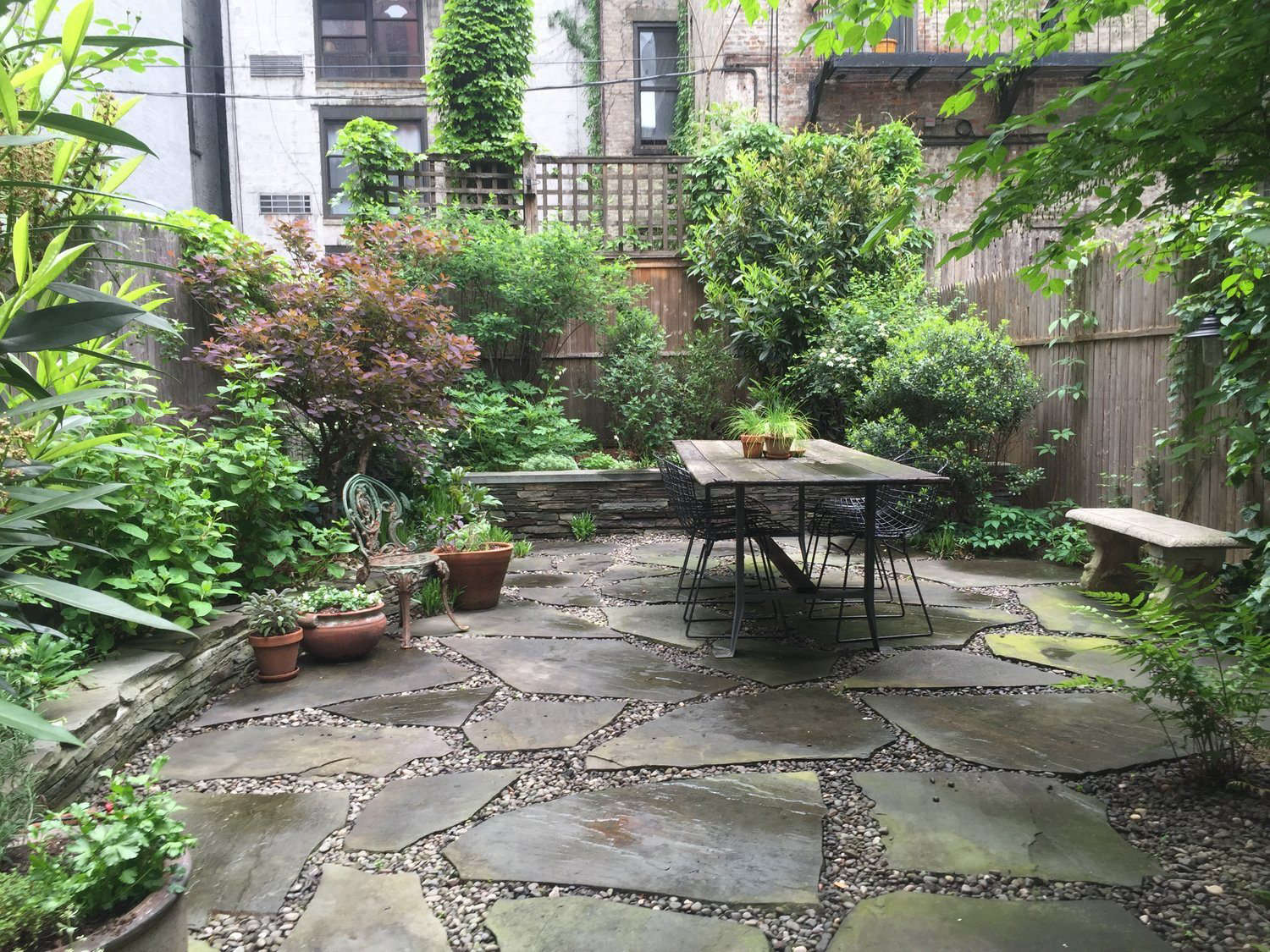St. Augustine Grass, Stenotaphrum secundatum
St. Augustine grass is great at creating the idea of a lawn. It’s green, it’s mow-able, and it forms a thick mat that chokes out weeds. When you get up close, however you will notice this tough type of turf has coarse, wide leaves. No one will ever describe it as, say, velvety.
Do you live in a warm climate? (In the US, St. Augustine grass is a popular choice for turf in Florida, Texas, and other southeastern states.) If so, St. Augustine grass has a a lot going for it. It will thrive in shadier spots than many turf grasses. It will tolerate wind and sea spray better. It will grow at higher altitudes. It will grow in swampy spots. It will grow in moist, humid conditions. In short, Stenotaphrum secundatum is a survivor.
Is St. Augustine grass the best choice for your landscape? Keep reading to learn more:

Native to the southeastern United States and Central America, perennial St. Augustine grass prefers warm weather (it’s happiest in USDA growing zones 8 to 10, and happier in 10 than in 8).

Among the various cultivars grown in the US, ‘Raleigh’ (introduced in North Carolina in 1980) is one of the most cold-tolerant varieties. ‘Floratam’, resistant to chinch bugs, is less tolerant of cold temperatures and prefers the climate in southern Florida.

Cheat Sheet
- St. Augustine’s dense root system will choke out weeds.
- Unless you live in a tropical climate, you can expect St. Augustine grass to turn brown and go dormant in cold months.
- St. Augustine grass flourishes in extreme heat. In a colder climate, you will be better off with a cool-season turf grass such as Kentucky bluegrass or a perennial ryegrass mix.

Keep It Alive
- St. Augustine grass requires regular water (1 inch a week) to keep it green. But don’t over water it, or it may develop a fungus and turn brown.
- Regular fertilizer throughout the growing season will help St. Augustine grass grow more thickly.
- The fastest way to establish St. Augustine grass is with plugs or sod (rather than seed).
See more growing tips in St. Augustine Grass: A Field Guide to Planting, Care & Design. Read more:









Have a Question or Comment About This Post?
Join the conversation